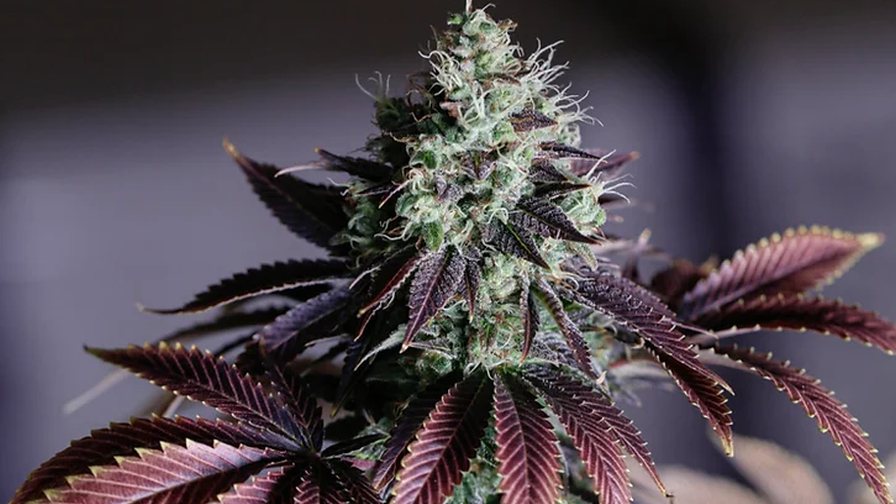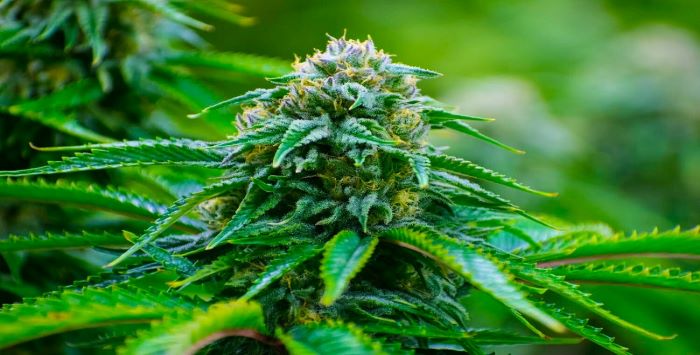In the realm of cannabis, the world of weed strains can seem as vast and mysterious as the galaxies above. Each strain holds its own unique combination of effects, flavors, and aromas, making the journey of exploration both exciting and daunting for enthusiasts and newcomers alike. Whether you’re a seasoned connoisseur or just dipping your toes into the green sea of possibilities, understanding the basics of weed strains is essential.
Let’s embark on a journey to unveil the mysteries of weed strains and uncover what you need to know.
What are Weed Strains?

Weed strains, also known as cannabis strains, refer to different varieties or breeds of the cannabis plant. These strains are typically categorized into three main types: indica, sativa, and hybrid. Each type offers distinct characteristics that influence the overall experience when consumed.
Indica Strains:
Indica strains are known for their relaxing and soothing effects on both the body and mind. They often produce a “body high” that alleviates pain, reduces stress, and promotes sleep. Indica strains are characterized by their shorter stature, broad leaves, and dense buds. Popular Indica strains include Granddaddy Purple, Northern Lights, and Afghan Kush.
Sativa Strains:
On the other hand, sativa strains are renowned for their uplifting and energizing effects. These strains are associated with a cerebral high that can enhance creativity, boost mood, and stimulate productivity. Sativa plants are tall with narrow leaves and tend to thrive in warmer climates. Some well-known sativa strains include Sour Diesel, Jack Herer, and Durban Poison.
Hybrid Strains:
Hybrid strains are a crossbreed of indica and sativa plants, resulting in a blend of characteristics from each parent strain. Hybrid strains offer a more balanced experience, combining the relaxing effects of Indica with the uplifting qualities of Sativa. These strains come in various ratios, allowing for various effects tailored to individual preferences. Examples of popular hybrid strains include Blue Dream, Girl Scout Cookies, and Wedding Cake.
Factors Influencing Weed Strain Effects:
 Several factors contribute to the effects produced by weed strains, including:
Several factors contribute to the effects produced by weed strains, including:
Cannabinoid Profile: The cannabinoid profile, including THC (tetrahydrocannabinol) and CBD (cannabidiol) levels, plays a significant role in determining the potency and therapeutic properties of a strain.
Terpene Profile: Terpenes are aromatic compounds found in cannabis that contribute to its flavor and aroma. Different terpenes can produce varying effects, such as relaxation, euphoria, or focus.
Consumption Method: Whether smoking, vaping, or consuming edibles, the method of consumption can influence how quickly and intensely the effects of a strain are felt.
Individual Tolerance and Sensitivity: Each person’s body reacts differently to cannabis, so what works well for one individual may not have the same effects on another.
Navigating Weed Strain Names:
One of the most bewildering aspects of exploring weed strains is deciphering their names. From whimsical to bizarre, strain names can vary widely and often offer little insight into their effects or lineage. However, understanding the naming conventions can provide some clues:
Genetics: Some strains are named after their parent strains or breeding lineage, giving consumers an idea of what to expect based on the characteristics of the parent plants.
Descriptive Attributes: Others may be named based on their aroma, flavor, or appearance, such as Blueberry, Lemon Haze, or Purple Kush.
Marketing and Branding: In an increasingly competitive market, unique and attention-grabbing names are often used for branding purposes, sometimes with little correlation to the strain’s actual qualities.
Finding the Right Weed Strain for You:

With countless weed strains available, finding the right one for your needs and preferences may require some experimentation. Here are some tips to help you navigate the selection process:
Research: Take the time to research different strains and their effects. Online resources, cannabis forums, and dispensary staff can provide valuable insights and recommendations.
Start Low and Go Slow: If you’re new to cannabis or trying a new strain, start with a low dose and gradually increase as needed. This approach allows you to gauge your tolerance and sensitivity to the strain’s effects.
Keep a Journal: Keeping a strain journal can help you track your experiences with different strains, including their effects, potency, and any notable observations. This information can guide future purchases and consumption choices.
Experiment: Don’t be afraid to explore different strains and consumption methods to find what works best for you. What may be a favorite strain for one person may not necessarily be the right fit for another.
In Conclusion:
The world of weed strains is a vast and dynamic landscape filled with endless possibilities. By understanding the basics of indica, sativa, and hybrid strains and the factors influencing their effects, you can navigate this realm with confidence and curiosity.
Whether you seek relaxation, creativity, or relief from symptoms, there’s a strain out there waiting to be discovered—one that perfectly aligns with your preferences and enhances your cannabis journey. So, embrace the adventure, explore with an open mind, and savor the mysteries that each weed strain unveils.





